Home>Furniture & Design>Interior Design Trends>How Is Frosted Glass Made
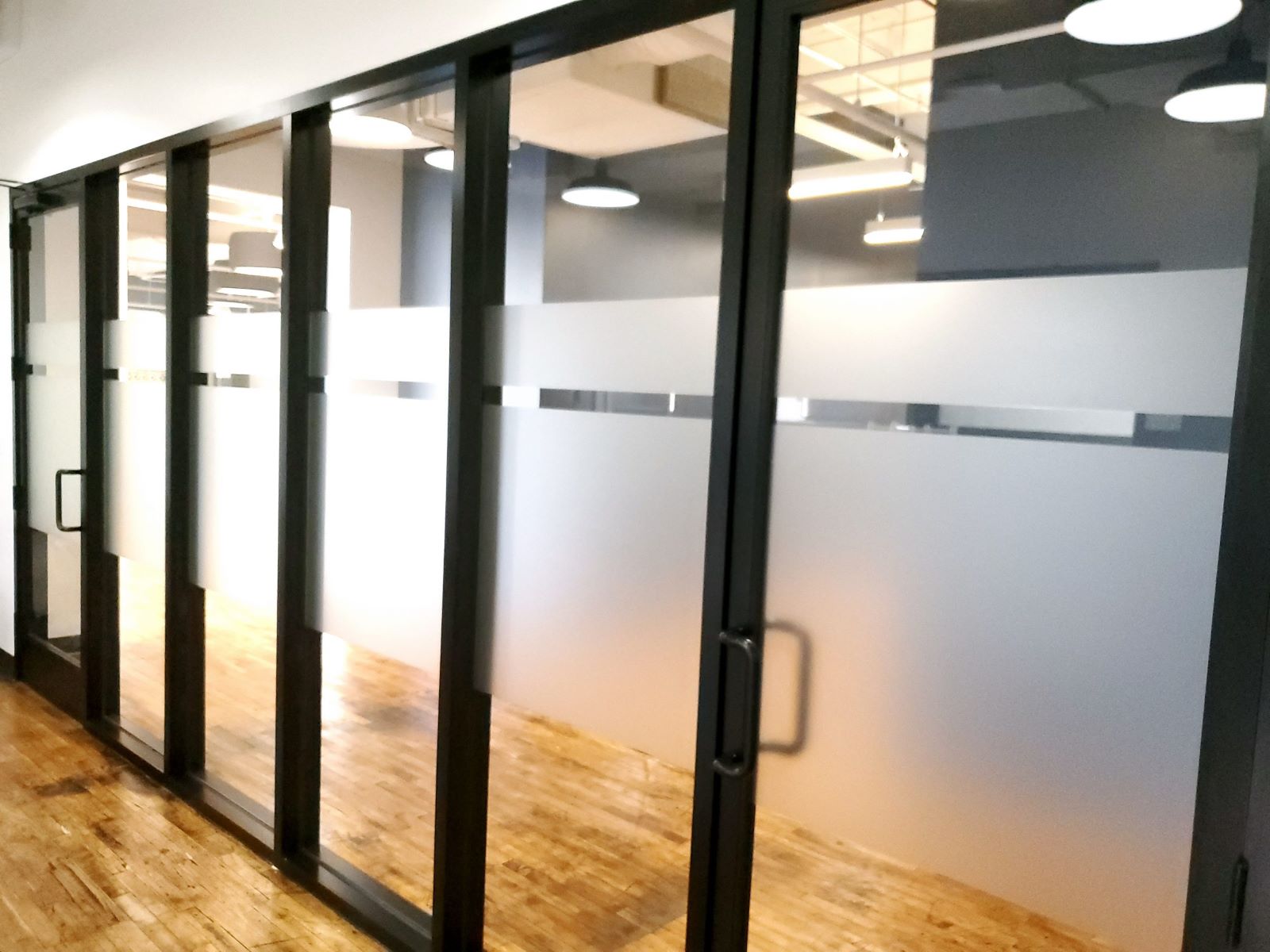

Interior Design Trends
How Is Frosted Glass Made
Modified: February 24, 2024
Discover the process of creating frosted glass and its impact on interior design trends. Explore the innovative techniques and applications.
(Many of the links in this article redirect to a specific reviewed product. Your purchase of these products through affiliate links helps to generate commission for Storables.com, at no extra cost. Learn more)
Introduction
Frosted glass has become a popular choice in interior design and architecture due to its unique aesthetic appeal and versatile functionality. This specialized type of glass offers a translucent appearance, providing privacy while allowing ample light transmission. Whether used in windows, doors, partitions, or decorative elements, frosted glass adds a touch of elegance and sophistication to any space.
The process of creating frosted glass involves altering the surface to achieve a matte, non-transparent finish. This can be achieved through various methods, each offering distinct results and applications. Understanding the intricacies of how frosted glass is made can provide valuable insight into its diverse uses and the craftsmanship involved in its production.
In this article, we will delve into the art of creating frosted glass, exploring the different techniques employed to achieve this distinctive finish. From traditional methods like sandblasting and acid etching to modern approaches such as coating, each process contributes to the unique allure of frosted glass. Additionally, we will examine the wide-ranging applications of frosted glass in interior design, architecture, and decorative arts, shedding light on its versatility and enduring appeal.
Join us on a captivating journey through the world of frosted glass, where creativity meets craftsmanship, and functionality intertwines with beauty. Let's unravel the mysteries behind this enchanting material and discover the myriad ways it enhances the visual and tactile experience of interior spaces.
Key Takeaways:
- Frosted glass is made through techniques like sandblasting, acid etching, and coating, creating a textured, non-reflective finish that diffuses light and provides privacy, adding elegance to interior spaces.
- Frosted glass is versatile, finding applications in windows, doors, partitions, and decorative elements, offering a balance of functionality and aesthetics. It seamlessly integrates with various architectural styles, enhancing modern design concepts.
Read more: Where Is Frost Cutlery Made
What is Frosted Glass?
Frosted glass, also known as obscured or opaque glass, is a type of decorative glass that possesses a unique matte finish, rendering it translucent rather than transparent. This distinctive appearance is achieved through various surface treatments, resulting in a textured, non-reflective surface that diffuses light while providing privacy. Frosted glass can be produced in a range of opacities, from partially frosted to fully opaque, offering flexibility in design and functionality.
The creation of frosted glass involves altering the surface of the glass to scatter light, thereby obscuring the view while allowing ample light transmission. This effect is achieved through techniques such as sandblasting, acid etching, or the application of specialized coatings. These methods transform the smooth, transparent surface of standard glass into a visually captivating and versatile material that finds numerous applications in interior design and architecture.
Frosted glass is prized for its ability to diffuse light, creating a soft, ambient glow that adds a touch of elegance to any space. Its translucent nature allows for the passage of light while maintaining a level of privacy, making it an ideal choice for windows, doors, shower enclosures, and partitions. Additionally, the textured surface of frosted glass lends itself to creative applications in decorative elements, such as room dividers, shelving, and lighting fixtures.
In contemporary interior design, frosted glass is celebrated for its ability to enhance visual appeal while serving practical purposes. Its versatility extends to both residential and commercial settings, where it is utilized to create a sense of openness without compromising privacy. Whether employed in modern office spaces, upscale residences, or trendy retail establishments, frosted glass adds a touch of sophistication and understated luxury to the environment.
The allure of frosted glass lies in its ability to transform ordinary glass into a captivating design element, offering a balance of functionality and aesthetics. Its subtle, yet impactful presence contributes to the ambiance of a space, creating a harmonious interplay of light, texture, and privacy. As a result, frosted glass has emerged as a favored choice among designers and architects seeking to imbue interiors with a sense of refinement and modernity.
In the following sections, we will explore the various methods used to create frosted glass, shedding light on the intricate processes that contribute to its unique appearance and functionality. By delving into these techniques, we gain a deeper understanding of the craftsmanship and artistry involved in the production of frosted glass, as well as its diverse applications in the realm of interior design and architecture.
Methods of Making Frosted Glass
The creation of frosted glass involves a meticulous process aimed at transforming the smooth, transparent surface of standard glass into a visually captivating and versatile material. Several methods are employed to achieve the distinctive frosted finish, each offering unique results and applications. Let's explore these methods in detail:
Sandblasting
Sandblasting is a traditional technique used to create frosted glass by propelling fine sand particles at high velocity onto the surface of the glass. This abrasive action results in the formation of a frosted effect, as the sand particles etch the glass surface, creating a textured, non-reflective finish. The degree of opacity can be controlled by adjusting the duration and intensity of the sandblasting process, allowing for customized designs and patterns. Sandblasted frosted glass is prized for its elegant appearance and versatility, making it a popular choice for decorative panels, doors, and partitions.
Acid Etching
Acid etching is another widely employed method for achieving a frosted glass finish. This process involves applying a specialized acid solution, such as hydrofluoric acid, to the surface of the glass. The acid reacts with the glass, creating a frosted effect by etching the surface and altering its light-reflective properties. Acid-etched frosted glass offers a smooth, uniform appearance and can be customized to achieve varying levels of opacity. This method allows for intricate designs and patterns to be etched onto the glass, making it a favored choice for decorative windows, privacy screens, and architectural elements.
Read more: How To Frost Glass
Coating
In modern glass production, frosted glass can also be achieved through the application of specialized coatings. These coatings, often comprising translucent or opaque materials, are applied to the glass surface to create a frosted appearance. The coatings adhere to the glass, imparting a textured, matte finish that diffuses light and provides privacy. This method offers flexibility in design, allowing for the creation of frosted glass with diverse colors and visual effects. Coated frosted glass is commonly used in interior design and architecture for applications such as decorative panels, signage, and artistic installations.
Each of these methods contributes to the diverse range of frosted glass available in the market, catering to various design preferences and functional requirements. Whether through the traditional artistry of sandblasting and acid etching or the innovative approach of specialized coatings, the creation of frosted glass exemplifies the fusion of craftsmanship, creativity, and technological advancements. These methods not only yield visually captivating results but also enhance the functionality and aesthetic appeal of frosted glass, making it a sought-after material in contemporary interior design and architectural applications.
Sandblasting
Sandblasting is a time-honored technique employed in the creation of frosted glass, revered for its ability to impart a distinctive, textured finish that embodies elegance and versatility. This method involves the use of high-velocity propelled sand particles to etch the surface of the glass, resulting in a visually captivating frosted effect. The process begins with the preparation of a stencil or mask that delineates the areas of the glass to be frosted, ensuring precise and customized designs.
Once the stencil is in place, the glass is subjected to the abrasive action of fine sand particles propelled at high velocity. This abrasive force sculpts the glass surface, creating a matte, non-reflective finish that diffuses light while maintaining translucency. The degree of opacity can be tailored by adjusting the duration and intensity of the sandblasting process, allowing for a spectrum of frosted effects, from partially obscured to fully opaque.
Sandblasted frosted glass is prized for its versatility and aesthetic appeal, making it a favored choice for a myriad of applications in interior design and architecture. From decorative panels and doors to partitions and artistic installations, the textured allure of sandblasted frosted glass adds a touch of sophistication to any space. Its ability to combine privacy with ample light transmission makes it an ideal material for creating an ambiance of understated luxury and modernity.
The artistry of sandblasting lies in its capacity to transform standard glass into a visually captivating and functional material, offering a balance of privacy and elegance. The textured finish achieved through sandblasting not only diffuses light but also adds a tactile dimension to the glass, creating a sensory experience that enhances the overall ambiance of a space. This method exemplifies the meticulous craftsmanship and attention to detail involved in the creation of frosted glass, showcasing the seamless fusion of traditional techniques with contemporary design sensibilities.
In the realm of interior design, sandblasted frosted glass serves as a versatile canvas for creative expression, allowing for the realization of intricate patterns, designs, and customized motifs. Its enduring appeal lies in its ability to seamlessly integrate with various architectural styles, from modern and minimalist to classic and ornate, making it a timeless choice for designers and architects seeking to imbue spaces with a sense of refinement and visual allure.
The art of sandblasting frosted glass stands as a testament to the enduring allure of traditional craftsmanship in the realm of contemporary design, where functionality meets artistry to create a harmonious interplay of light, texture, and privacy.
Acid Etching
Acid etching is a highly regarded method employed in the creation of frosted glass, offering a sophisticated and uniform finish that embodies elegance and versatility. This process involves the application of a specialized acid solution, typically hydrofluoric acid, to the surface of the glass. The acid reacts with the glass, creating a frosted effect by etching the surface and altering its light-reflective properties.
One of the key advantages of acid etching is the ability to achieve a smooth and uniform frosted appearance, devoid of the textured finish associated with sandblasting. This method allows for precise control over the level of opacity, enabling the creation of frosted glass with varying degrees of translucency. From fully opaque to partially frosted, acid-etched glass offers flexibility in design, making it an ideal choice for applications where a sleek and refined aesthetic is desired.
The process of acid etching begins with the preparation of a stencil or mask that delineates the areas of the glass to be frosted. This ensures that the acid is applied only to the specified areas, allowing for the creation of intricate designs and patterns. The acid solution is then carefully applied to the glass surface, where it reacts with the silica in the glass, resulting in the formation of a frosted effect.
Acid-etched frosted glass finds diverse applications in interior design and architecture, where it is prized for its ability to combine privacy with a sophisticated aesthetic. From decorative windows and privacy screens to sleek partitions and elegant doors, acid-etched frosted glass adds a touch of refinement to any space. Its smooth and uniform finish lends itself to modern and minimalist design schemes, where clean lines and understated elegance are paramount.
The allure of acid-etched frosted glass lies in its ability to create a sense of openness while maintaining a level of privacy, making it a favored choice for contemporary interiors. Its ability to diffuse light and create a soft, ambient glow adds a layer of sophistication to the visual and tactile experience of a space, enhancing its overall ambiance.
In the realm of interior design, acid-etched frosted glass serves as a versatile medium for expressing creativity and achieving a seamless integration with modern architectural elements. Its enduring appeal lies in its ability to embody a sense of understated luxury, making it a timeless choice for designers and architects seeking to elevate the visual allure of interior spaces.
The art of acid etching frosted glass exemplifies the meticulous craftsmanship and attention to detail involved in the creation of this distinctive material, showcasing the seamless fusion of traditional techniques with contemporary design sensibilities.
Coating
In modern glass production, the creation of frosted glass has evolved to encompass innovative methods, one of which involves the application of specialized coatings. This approach offers a versatile and customizable means of achieving a frosted appearance, allowing for the infusion of diverse colors and visual effects onto the glass surface.
The process of coating frosted glass begins with the application of translucent or opaque materials onto the glass surface, imparting a textured, matte finish that diffuses light and provides privacy. These coatings adhere to the glass, creating a visually captivating effect that enhances the aesthetic appeal of the material. Unlike traditional methods such as sandblasting and acid etching, the coating technique allows for a broader spectrum of design possibilities, enabling the creation of frosted glass with unique patterns, colors, and visual textures.
One of the key advantages of the coating method is its flexibility in design, offering the ability to customize frosted glass to suit specific aesthetic preferences and functional requirements. By utilizing specialized coatings, designers and architects can introduce a myriad of visual elements, from subtle gradients to bold patterns, onto the glass surface, thereby enhancing its decorative potential. This versatility makes coated frosted glass an ideal choice for applications such as decorative panels, signage, and artistic installations, where the interplay of light and texture contributes to the overall ambiance of a space.
Furthermore, the coating method allows for the creation of frosted glass with varying levels of opacity, catering to a wide range of privacy needs. Whether used in interior partitions, decorative screens, or architectural elements, coated frosted glass offers a balance of translucency and privacy, making it a versatile material for modern design applications. The ability to control the degree of opacity provides designers with the freedom to tailor the visual and functional characteristics of frosted glass to align with the overall design concept.
In contemporary interior design, coated frosted glass serves as a dynamic medium for creative expression, allowing for the realization of innovative design concepts and artistic visions. Its ability to seamlessly integrate with diverse architectural styles and interior themes makes it a sought-after material for designers and architects seeking to imbue spaces with a sense of sophistication and visual allure.
The art of creating frosted glass through the coating method exemplifies the fusion of technological advancements with design innovation, showcasing the seamless integration of traditional craftsmanship with modern sensibilities. This approach not only enhances the aesthetic potential of frosted glass but also underscores its enduring relevance in the realm of interior design and architecture.
To make frosted glass, you can use sandblasting or acid etching to create a rough surface that scatters light. This gives the glass a frosted appearance while still allowing light to pass through.
Read more: How To Clean Frosted Glass
Applications of Frosted Glass
Frosted glass, with its unique aesthetic and versatile functionality, finds diverse applications in interior design, architecture, and decorative arts. Its translucent nature, coupled with the ability to diffuse light and provide privacy, makes it a sought-after material for a wide range of design and functional purposes.
In interior spaces, frosted glass is commonly utilized in windows and doors to create a sense of openness while maintaining privacy. Its ability to allow ample light transmission while obscuring direct visibility makes it an ideal choice for areas where natural light is desired, such as bathrooms, offices, and living spaces. Additionally, frosted glass is often employed in shower enclosures, where it adds a touch of elegance and privacy while enhancing the visual appeal of the bathroom.
The versatility of frosted glass extends to decorative elements, where it is used to create partitions, room dividers, and shelving with a modern and sophisticated aesthetic. Its ability to delineate spaces while allowing light to permeate contributes to an open and airy ambiance, making it a favored choice for contemporary interior design concepts. Furthermore, frosted glass is often incorporated into lighting fixtures, adding a soft, ambient glow to the surroundings and infusing the space with a sense of understated luxury.
In architectural applications, frosted glass is employed in office partitions, conference rooms, and retail environments to create a balance between openness and privacy. Its ability to define spaces while maintaining a sense of connectivity aligns with modern design sensibilities, making it an ideal material for creating functional yet visually appealing environments. Additionally, frosted glass is utilized in signage and artistic installations, where its textured appearance and light-diffusing properties contribute to captivating visual displays.
The applications of frosted glass extend beyond traditional uses, finding innovative expressions in contemporary design concepts. Its ability to seamlessly integrate with diverse architectural styles and interior themes underscores its enduring relevance in the realm of interior design and architecture. Whether employed in residential, commercial, or public spaces, frosted glass adds a touch of sophistication and modernity, enhancing the visual and tactile experience of the environment.
The allure of frosted glass lies in its ability to transform ordinary spaces into captivating and functional environments, where light, texture, and privacy converge to create a harmonious ambiance. As a versatile material that embodies elegance and practicality, frosted glass continues to inspire designers and architects, offering a timeless medium for creative expression and design innovation.
Conclusion
In conclusion, the art of creating frosted glass encompasses a rich tapestry of traditional craftsmanship, innovative techniques, and versatile applications. The methods of sandblasting, acid etching, and coating each contribute to the unique allure of frosted glass, offering a spectrum of visual effects and functional properties. From the textured elegance of sandblasted frosted glass to the sleek uniformity of acid-etched variants and the customizable potential of coated options, the creation of frosted glass exemplifies the seamless fusion of artistry and technological advancements.
The versatility of frosted glass extends to its diverse applications in interior design, architecture, and decorative arts. Whether employed in windows, doors, partitions, or decorative elements, frosted glass adds a touch of sophistication and understated luxury to any space. Its ability to diffuse light, provide privacy, and create a soft, ambient glow contributes to the ambiance of interior environments, making it a favored choice among designers and architects seeking to imbue spaces with a sense of refinement and modernity.
Furthermore, the enduring appeal of frosted glass lies in its ability to seamlessly integrate with various architectural styles and interior themes, making it a timeless choice for creative expression and design innovation. Its capacity to balance functionality with aesthetics, while offering a tactile and visual experience, underscores its relevance in the realm of contemporary design.
As the demand for versatile and visually captivating materials continues to shape interior design and architectural trends, frosted glass stands as a testament to the enduring allure of traditional craftsmanship in the realm of modern design. Its ability to transform ordinary spaces into captivating and functional environments, where light, texture, and privacy converge to create a harmonious ambiance, reinforces its position as a timeless medium for creative expression and design innovation.
In essence, the art of creating frosted glass represents a harmonious interplay of craftsmanship, creativity, and functionality, offering a canvas for designers and architects to realize their visions and elevate the visual allure of interior spaces. With its enduring appeal and versatile applications, frosted glass continues to inspire and captivate, embodying the essence of elegance and modernity in contemporary design.
Frequently Asked Questions about How Is Frosted Glass Made
Was this page helpful?
At Storables.com, we guarantee accurate and reliable information. Our content, validated by Expert Board Contributors, is crafted following stringent Editorial Policies. We're committed to providing you with well-researched, expert-backed insights for all your informational needs.
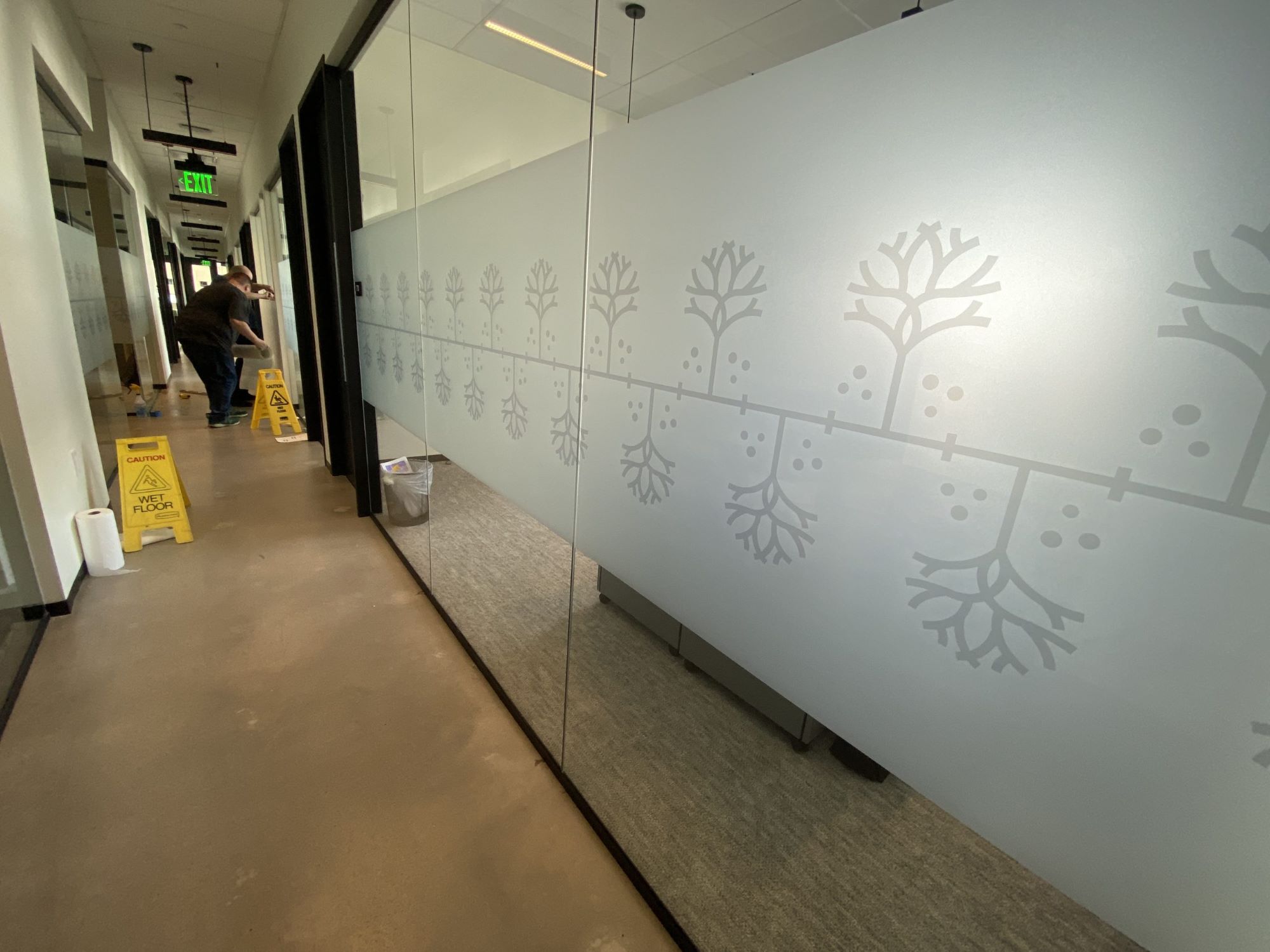
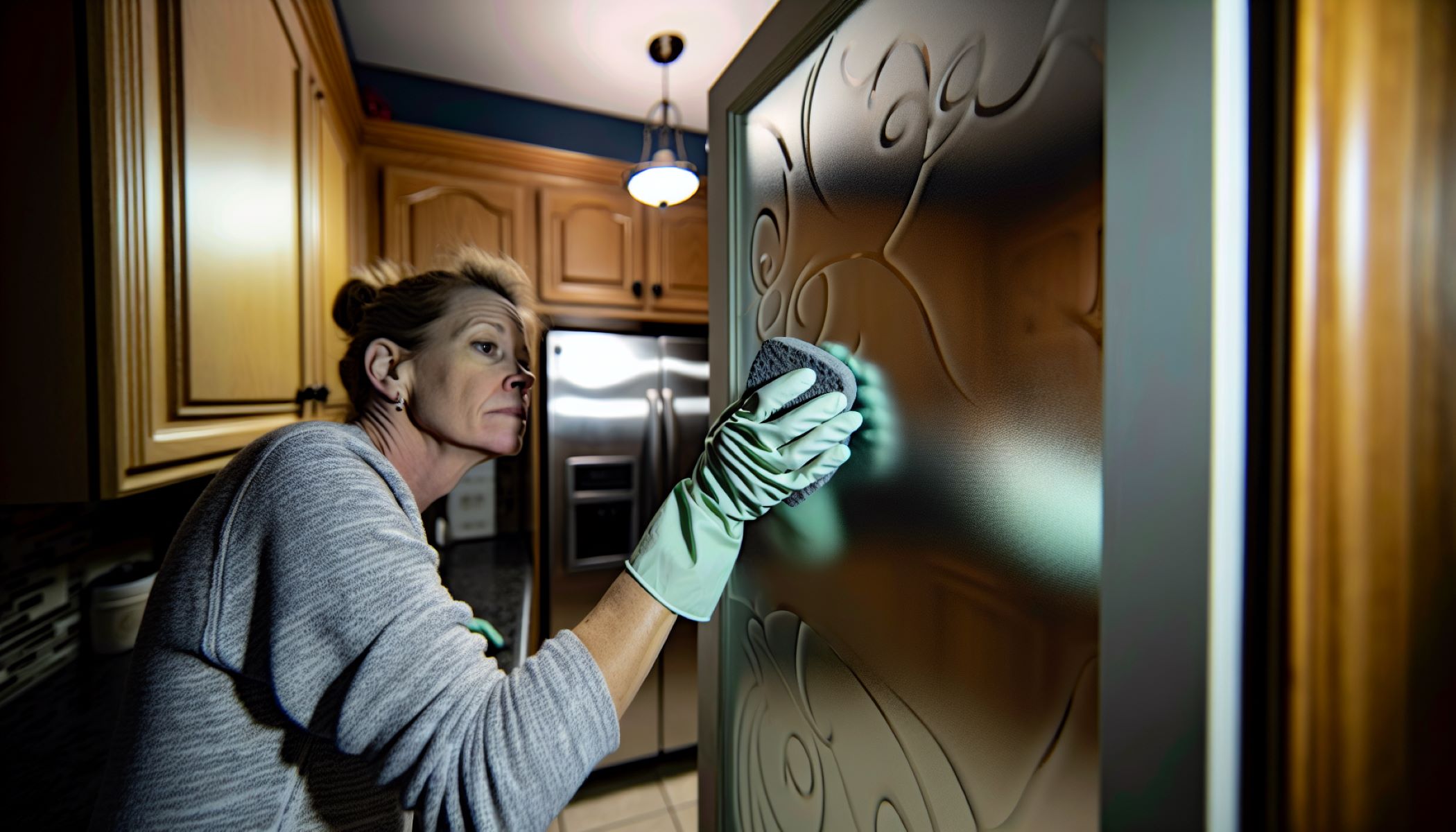
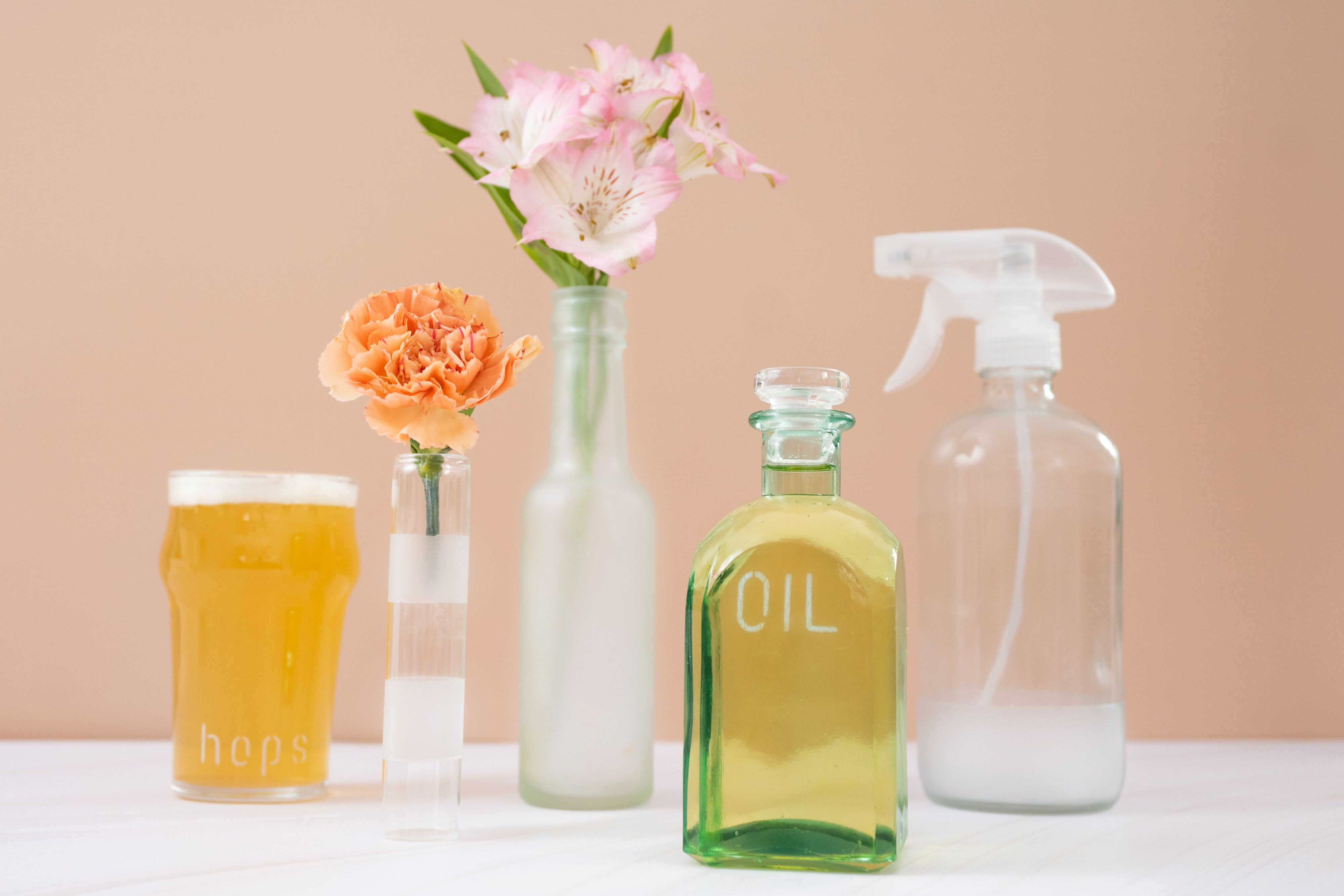
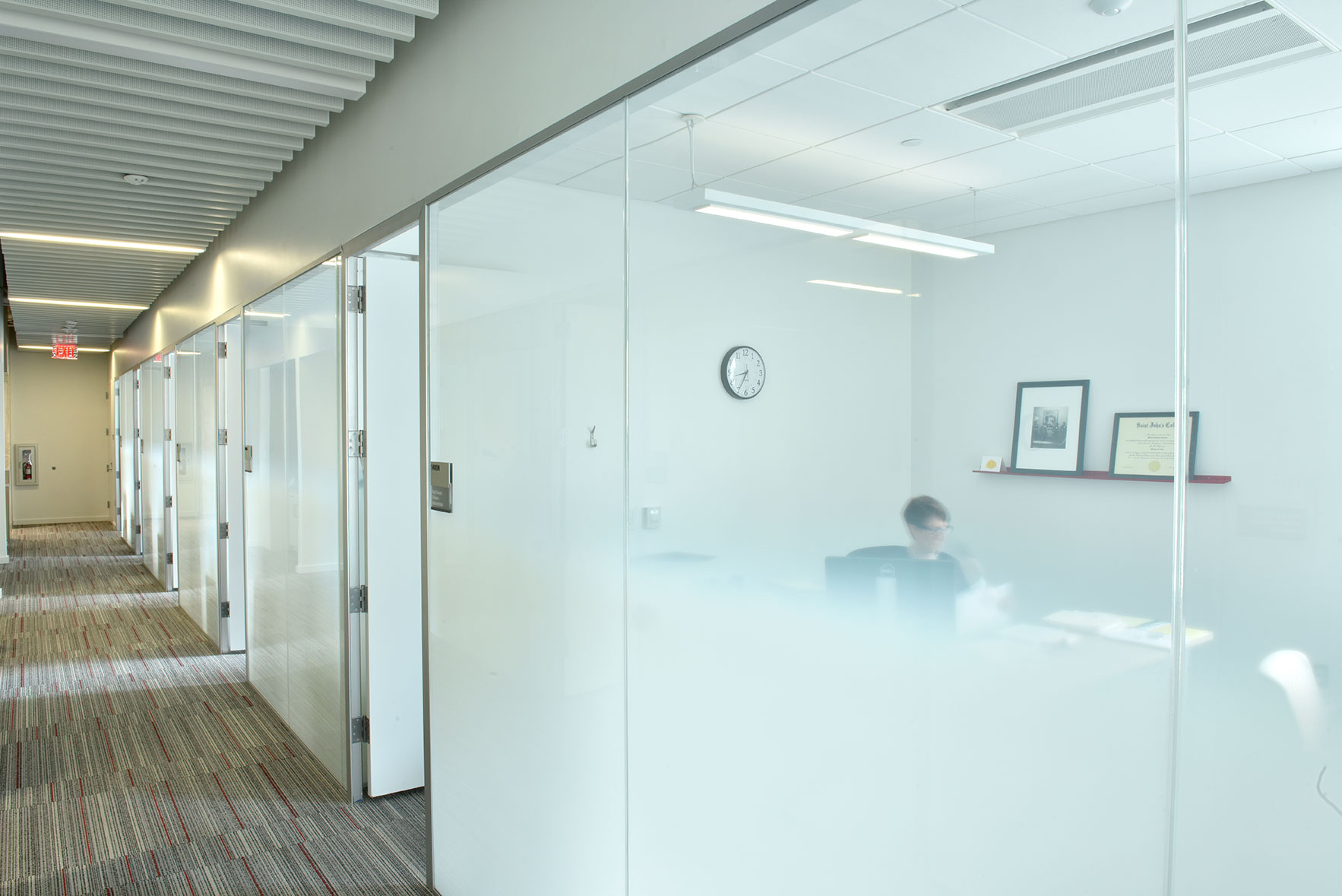
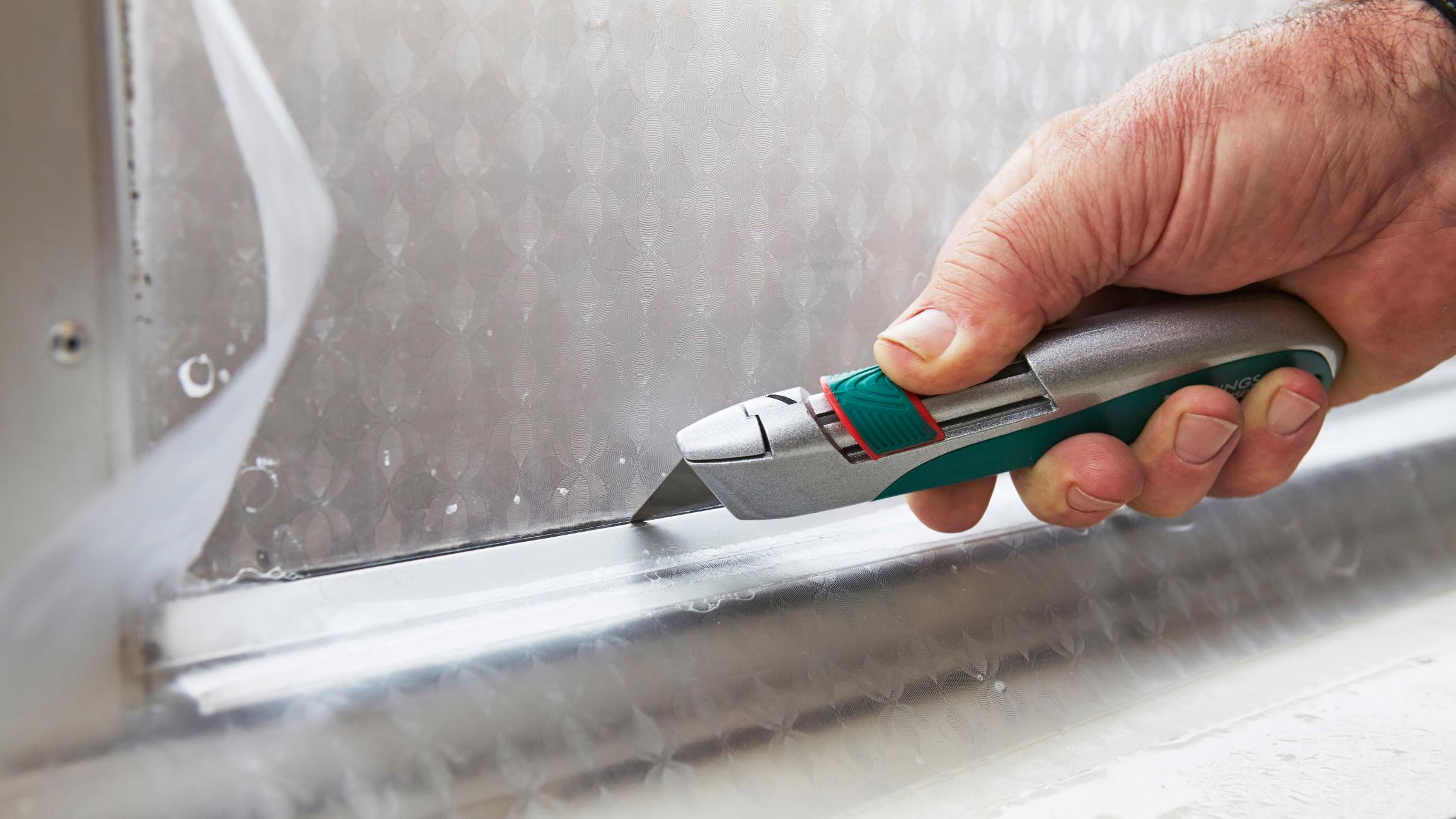
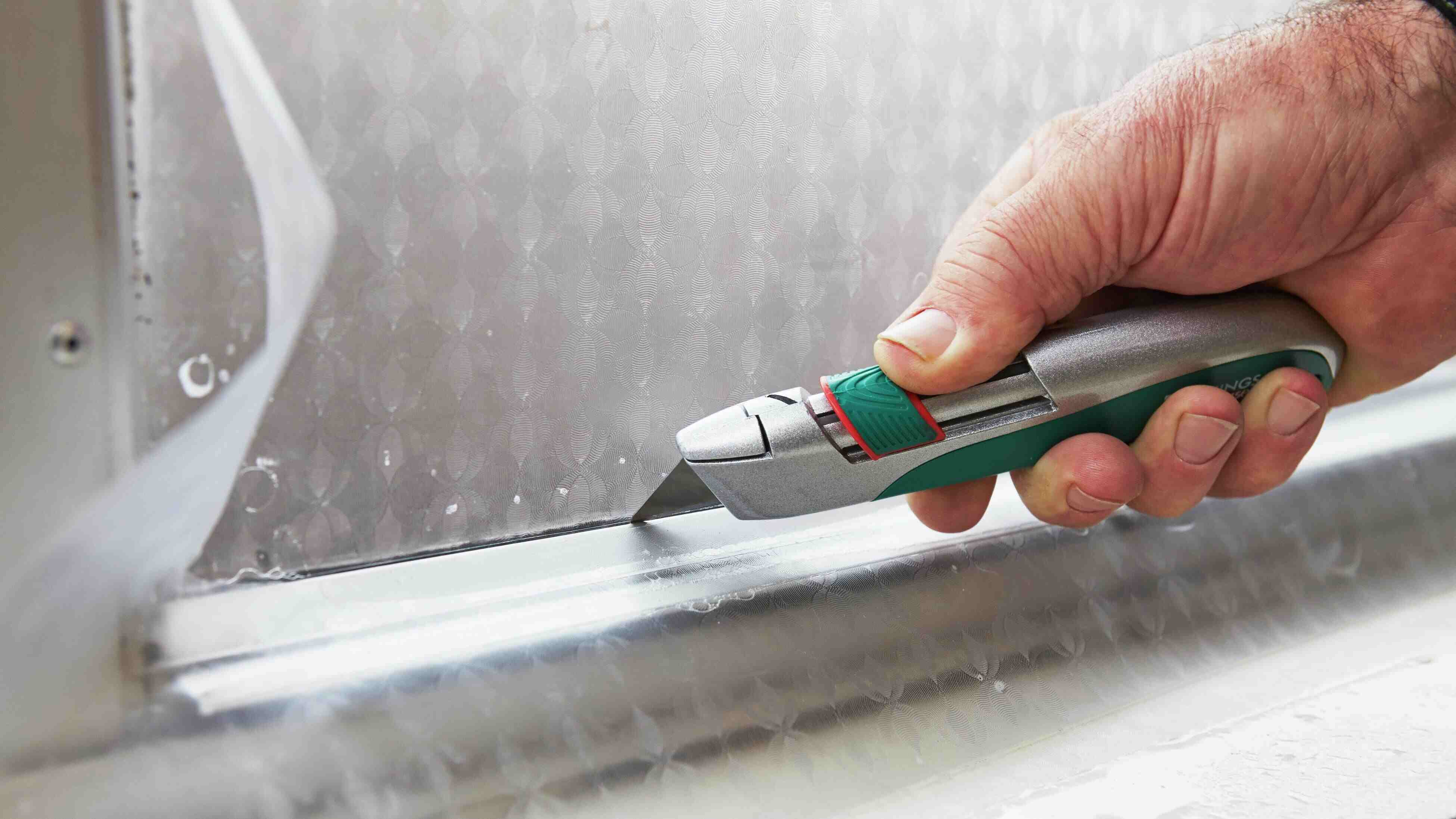
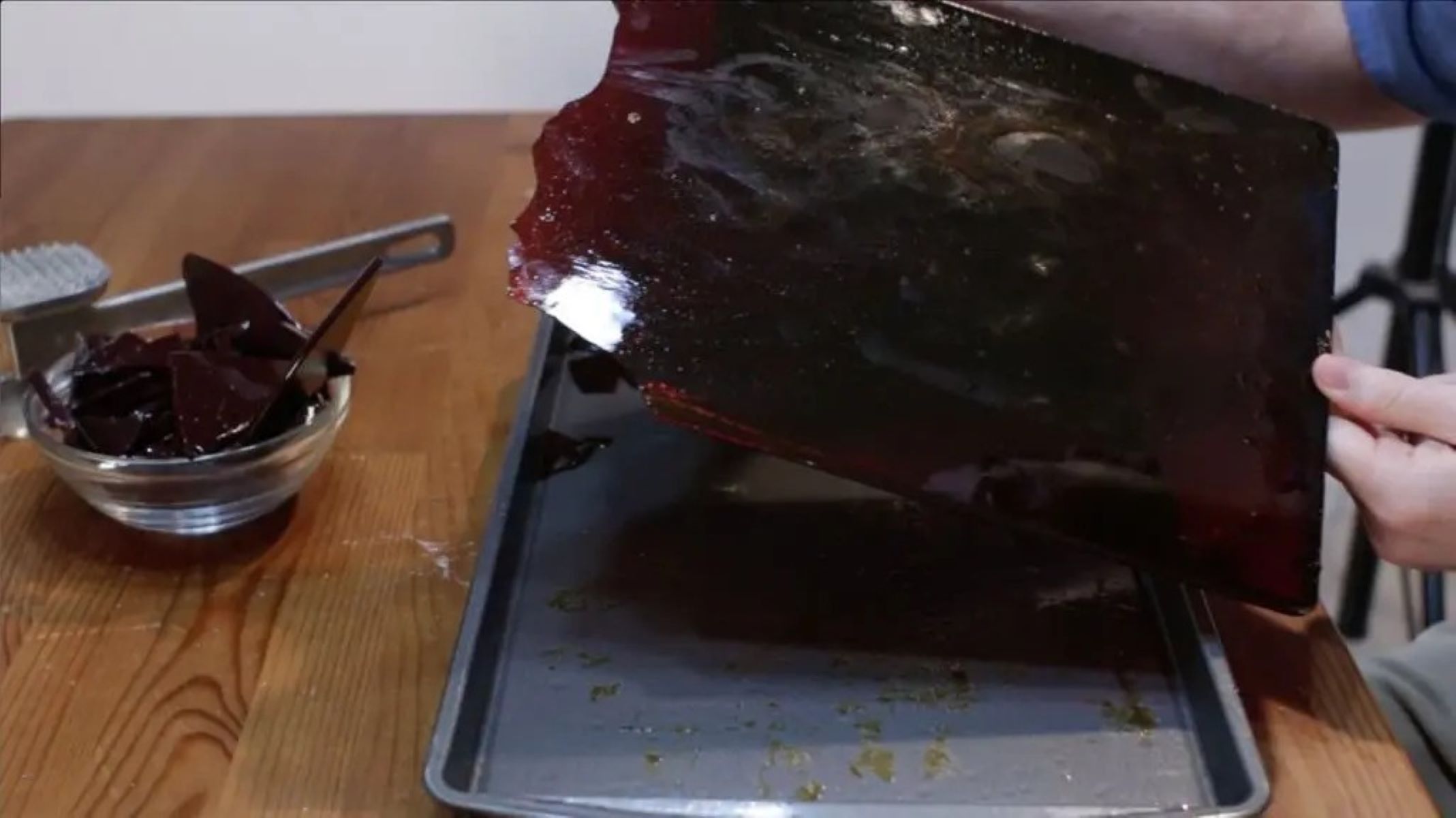
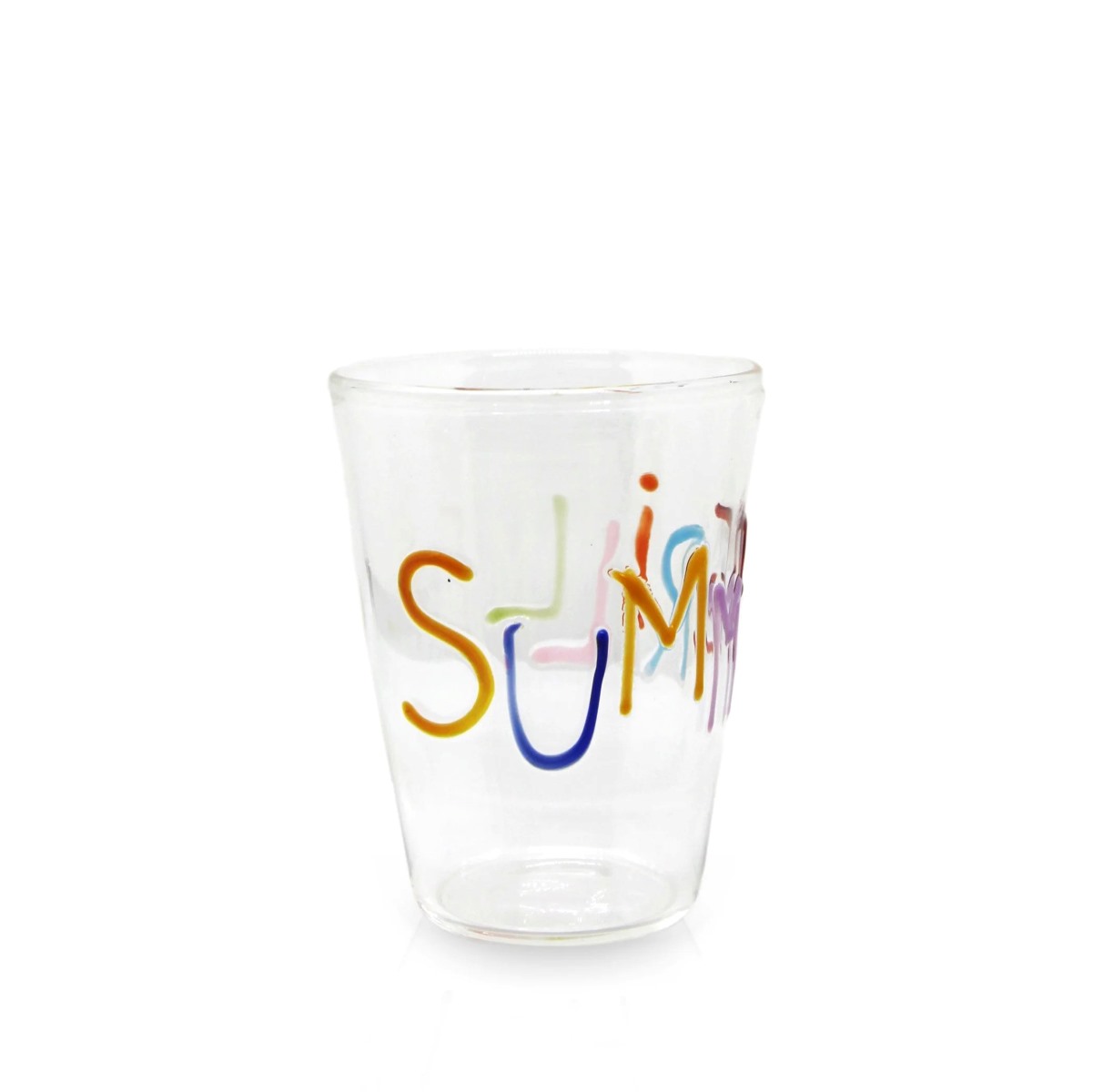
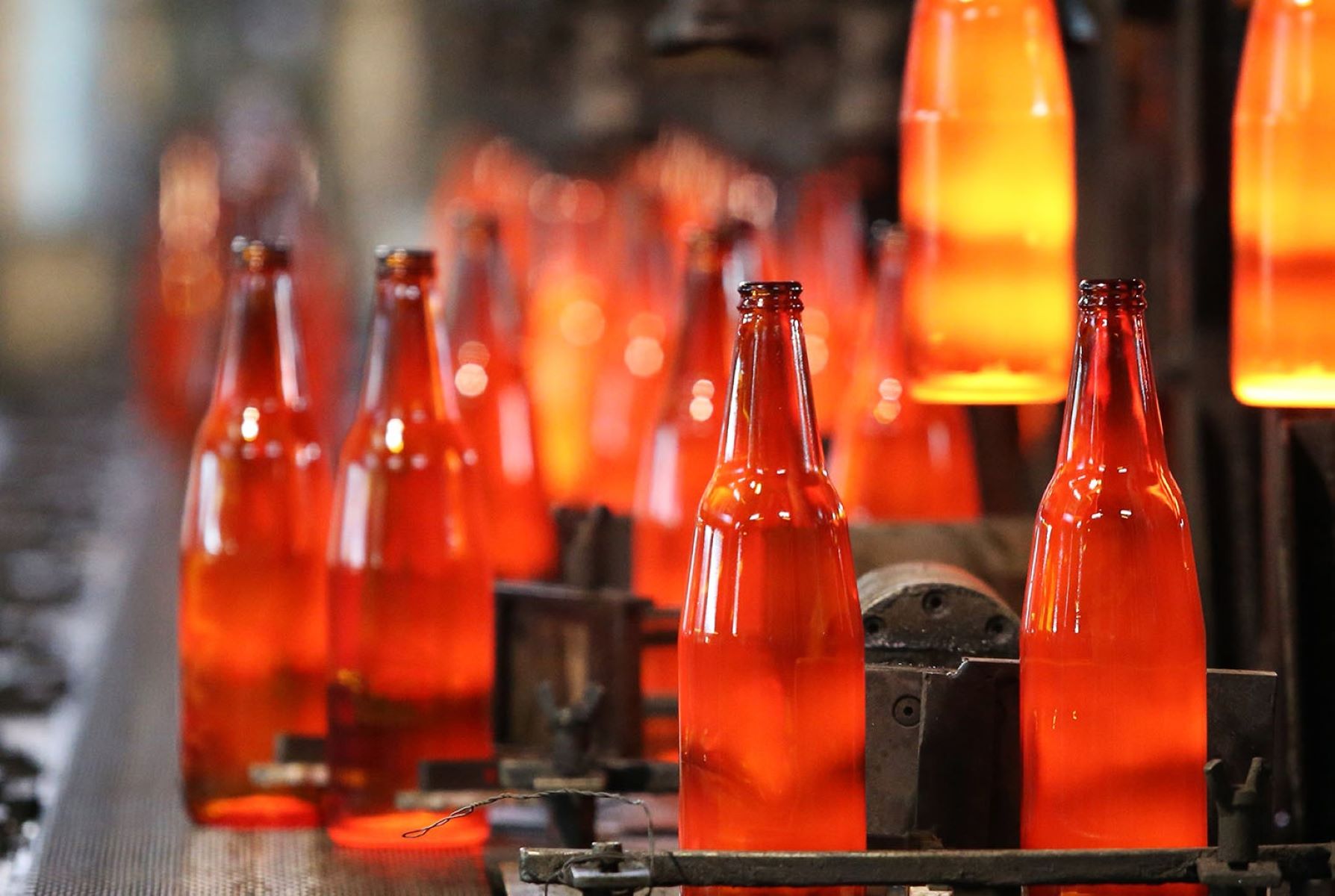
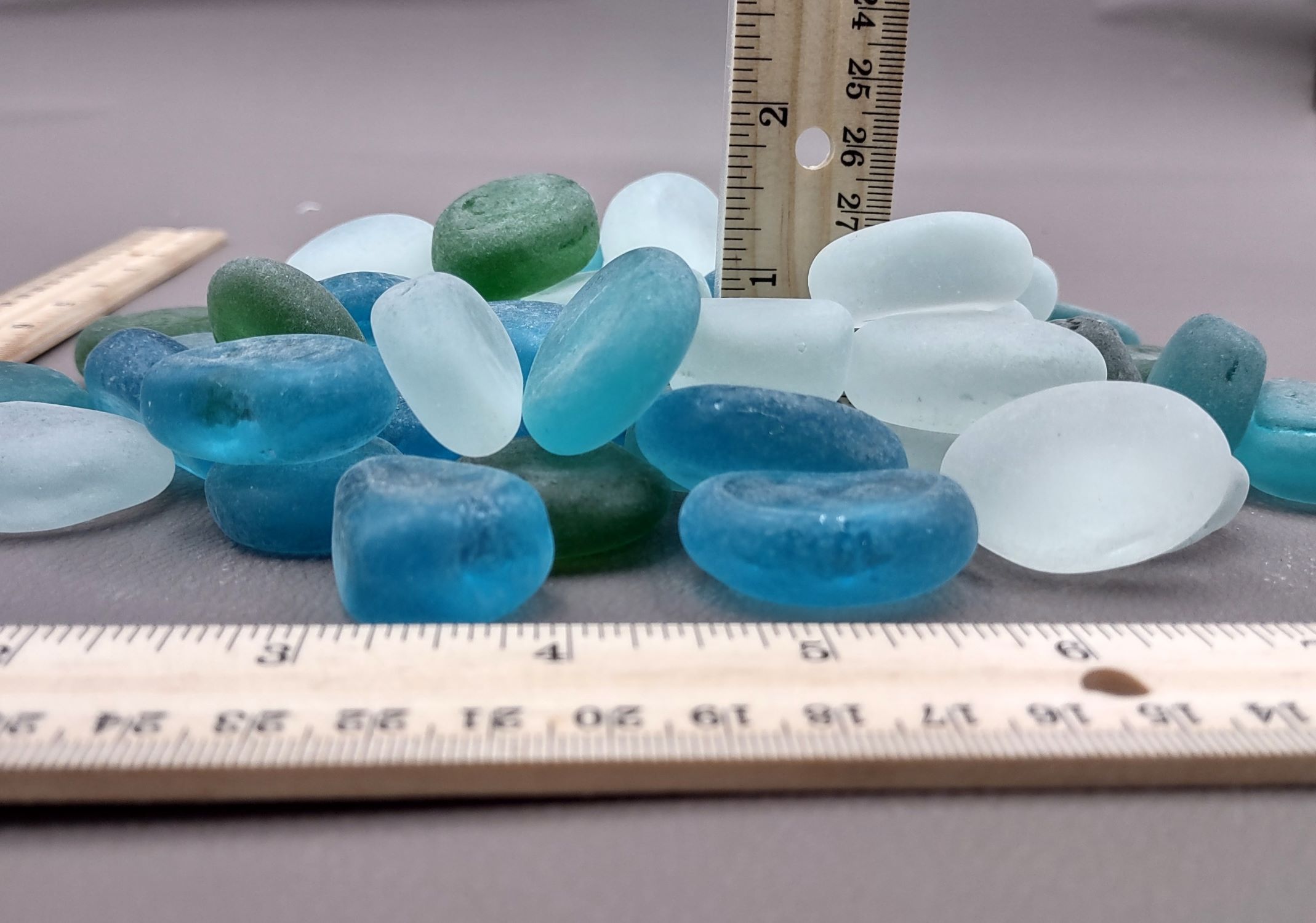
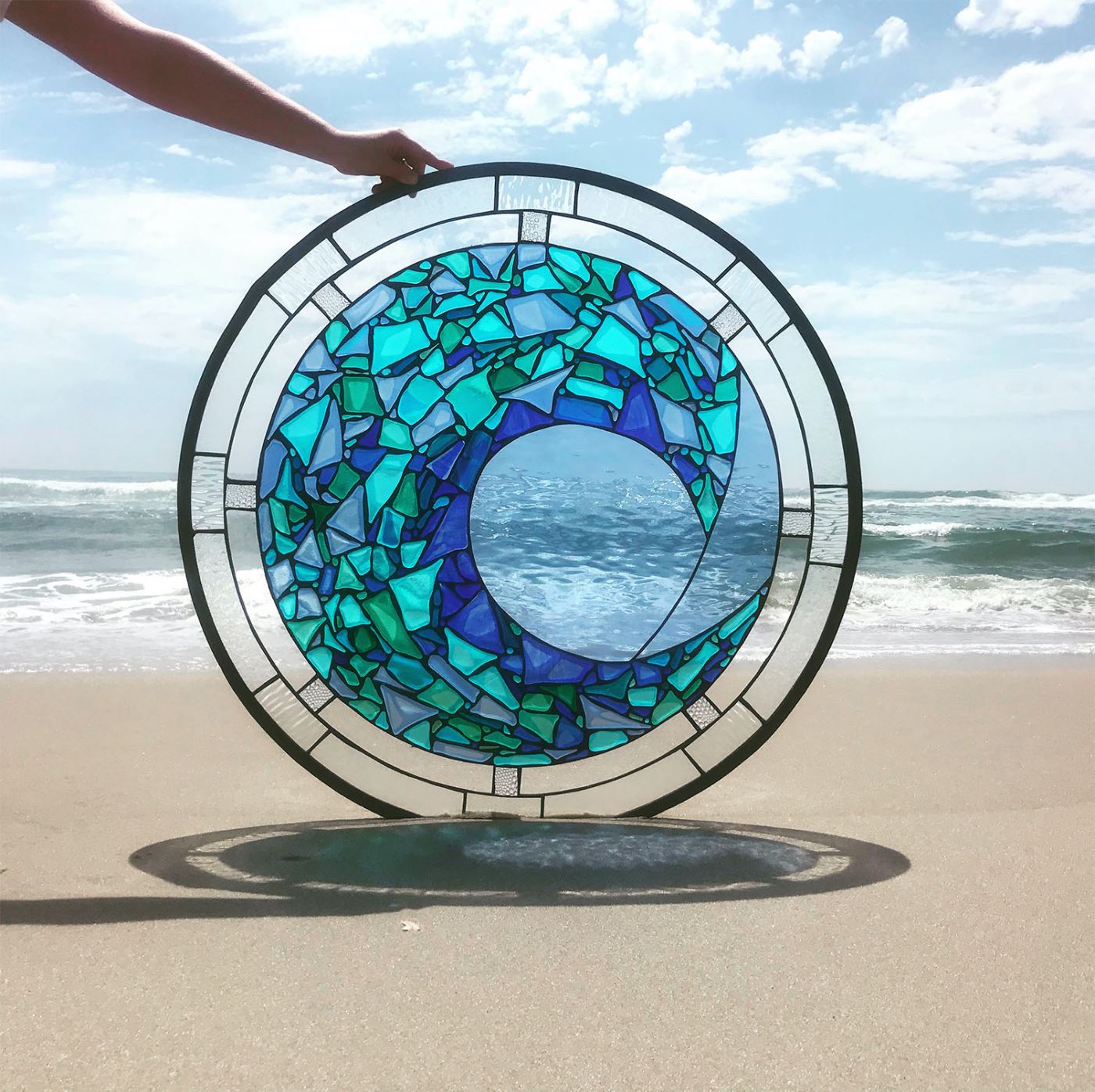
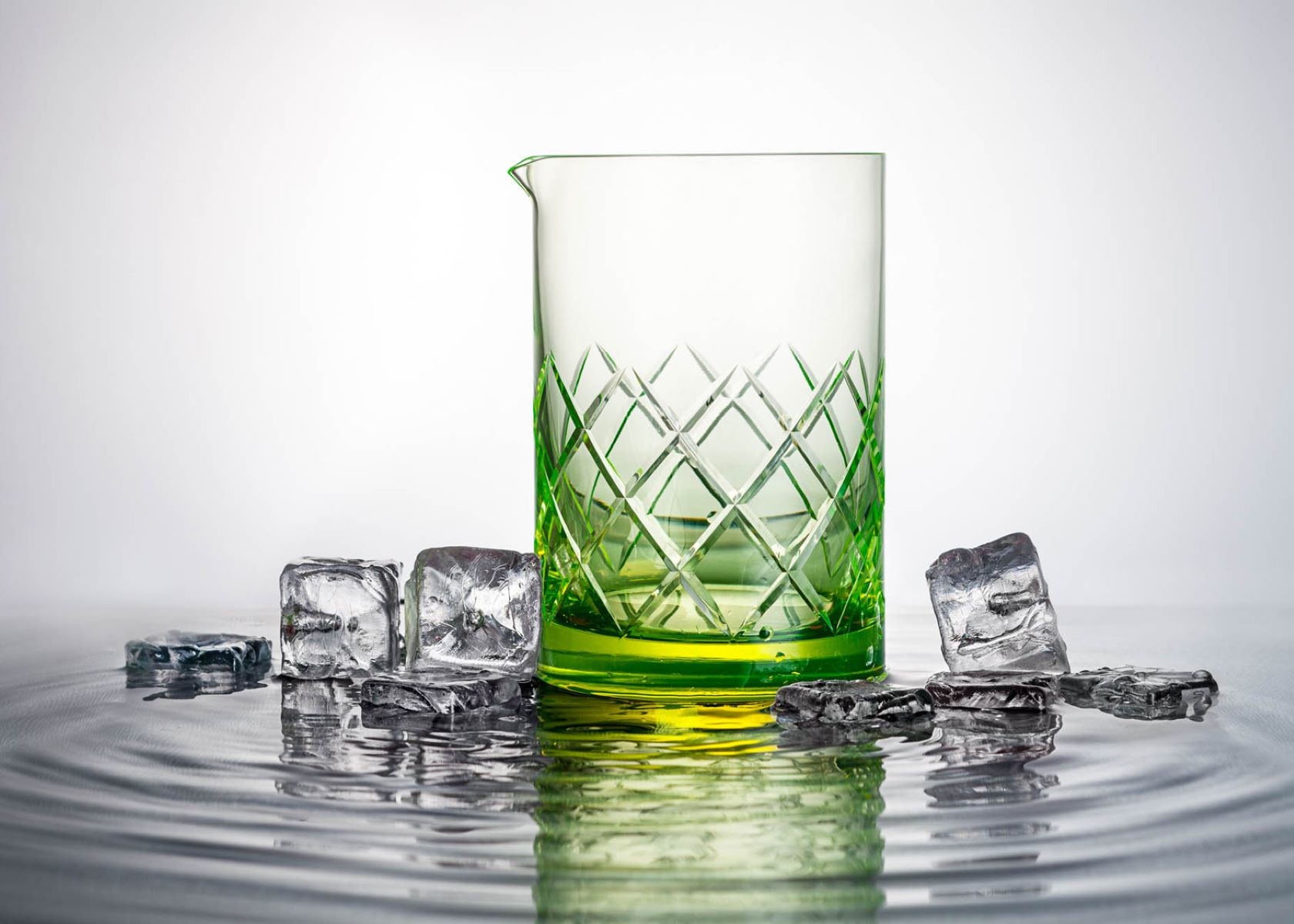
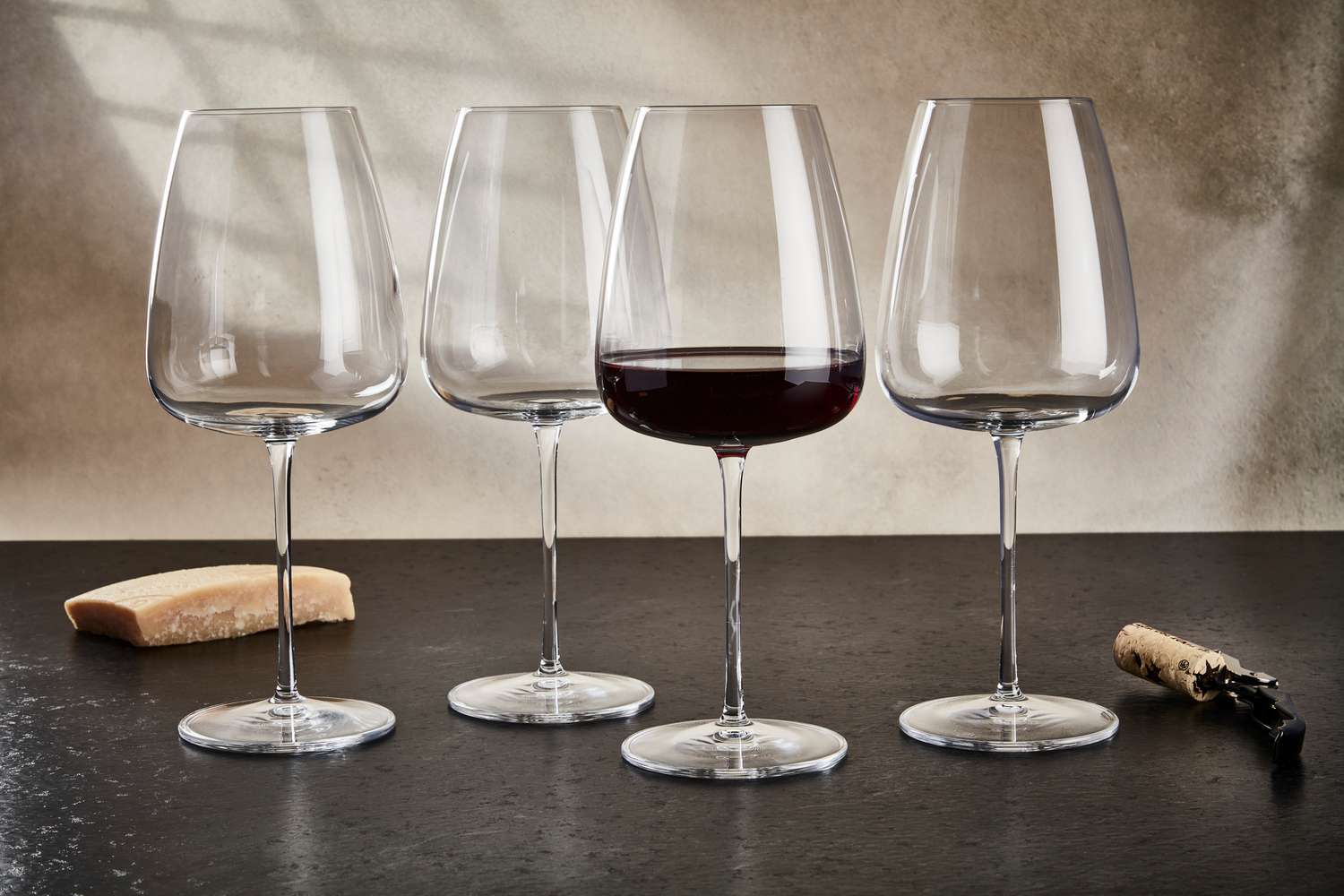

0 thoughts on “How Is Frosted Glass Made”